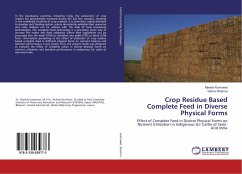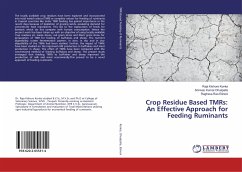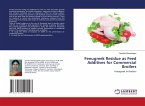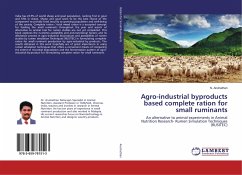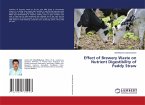In the developing countries, including India, the production of crop residue has progressively increased during the last four decades, resulting in the availability of plenty of crop residues. It is, therefore, highly desirable to develop such feeding system, where abundantly available feed resources and crop residues can be utilized with the help of feed processing technologies. The complete feed technology is a promising novel way to increase the intake and feed utilization where feed ingredients can be processed into the mash (CFM) or densified into pellet (CFP) or block (CFB) form. Information pertaining to the effect of utilization of crop residue based complete feed in different physical forms on nutrient balance and lactation performance is very scanty. Thus, the present study was designed to evaluate the effect of complete ration in diverse physical forms on nutrient utilization and lactation performance in indigenous Gir cattle of semi-arid India.
